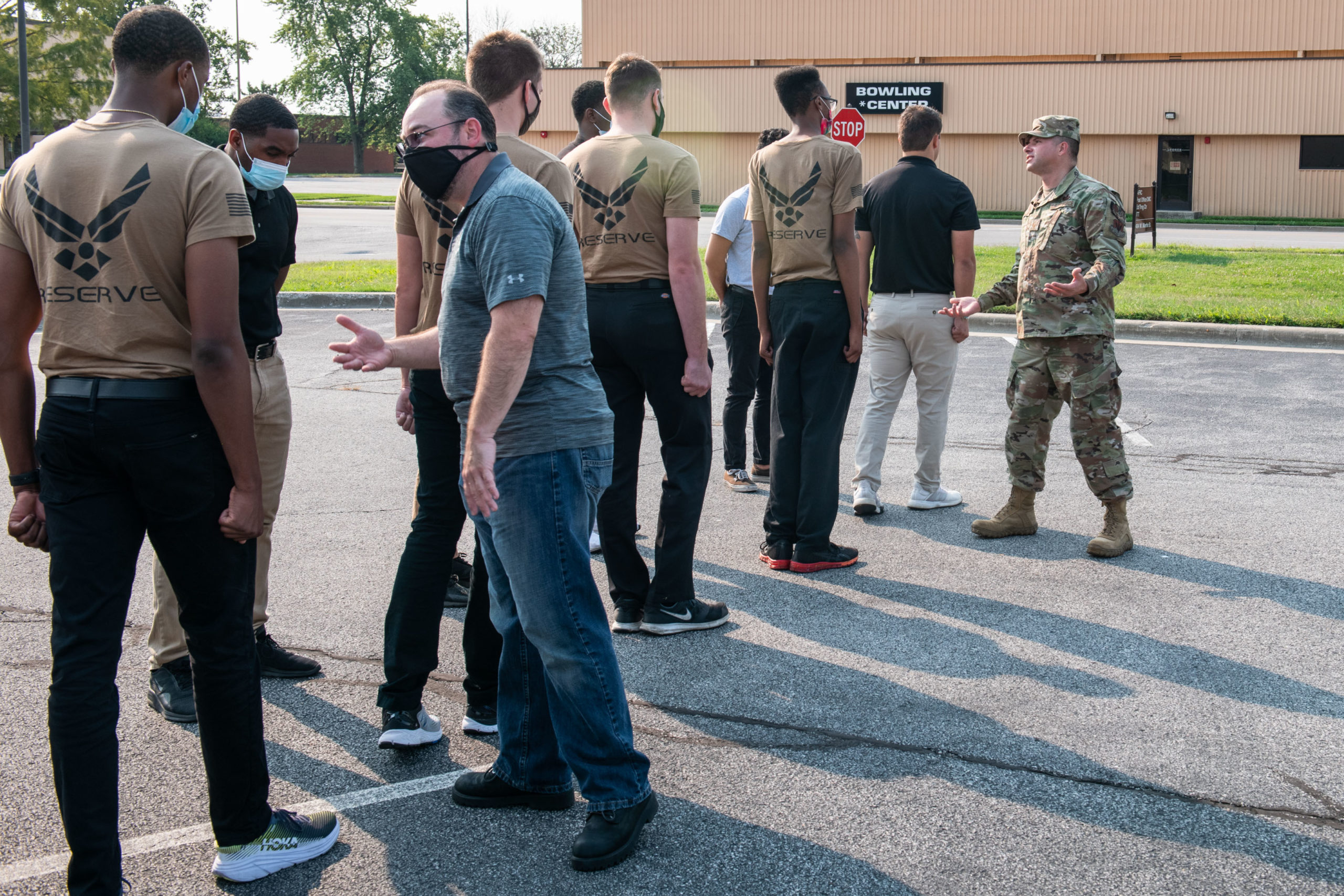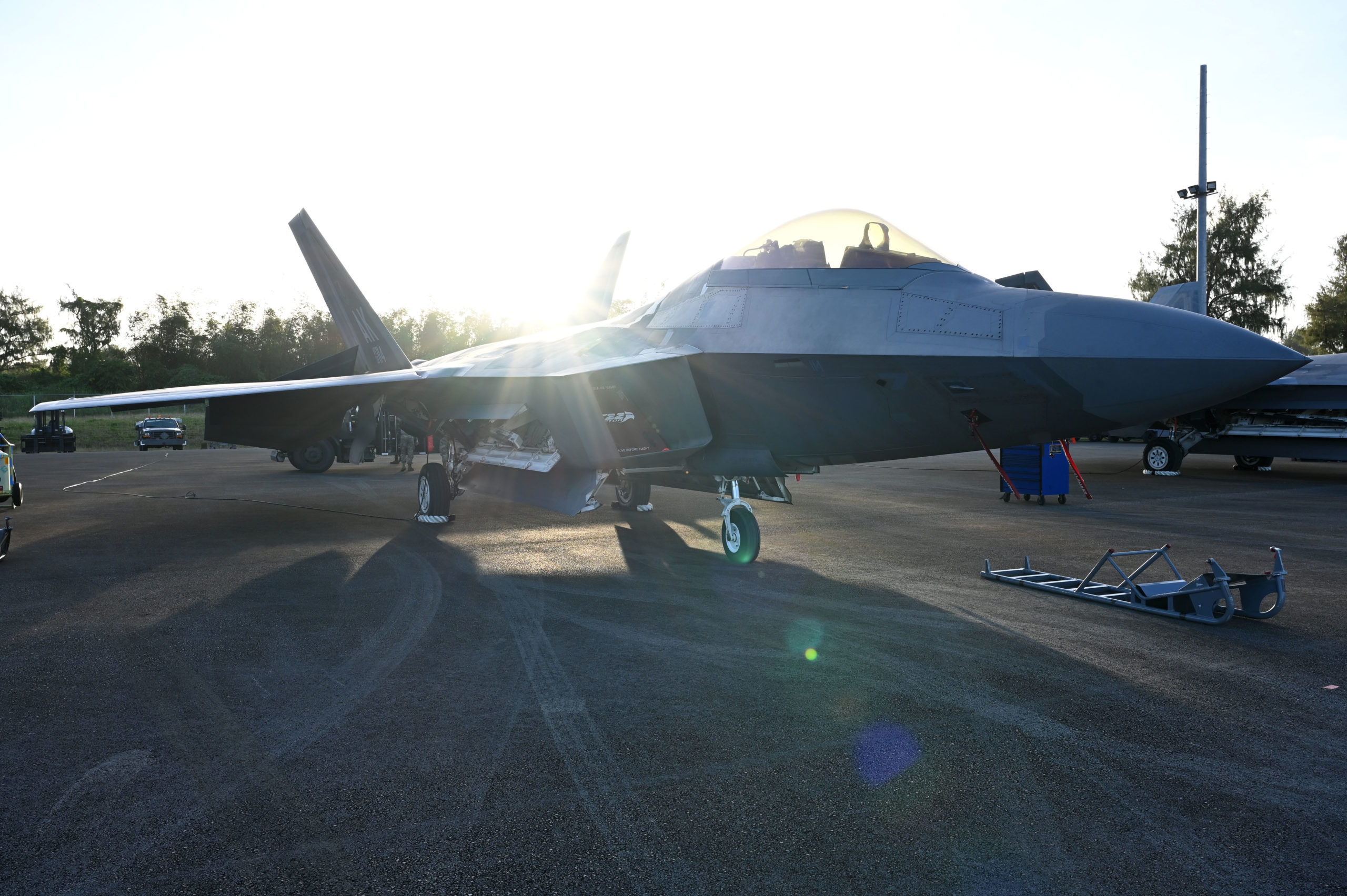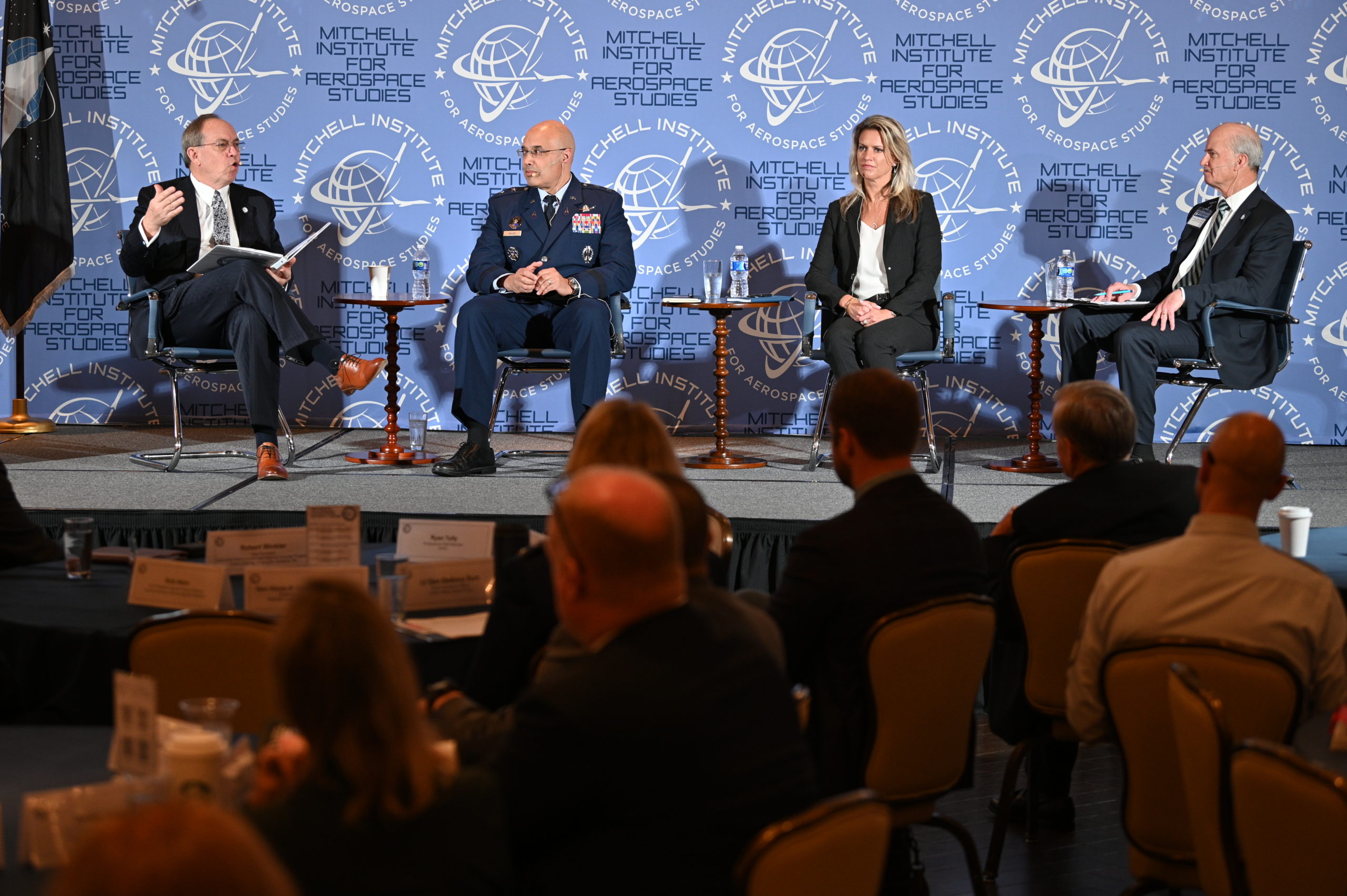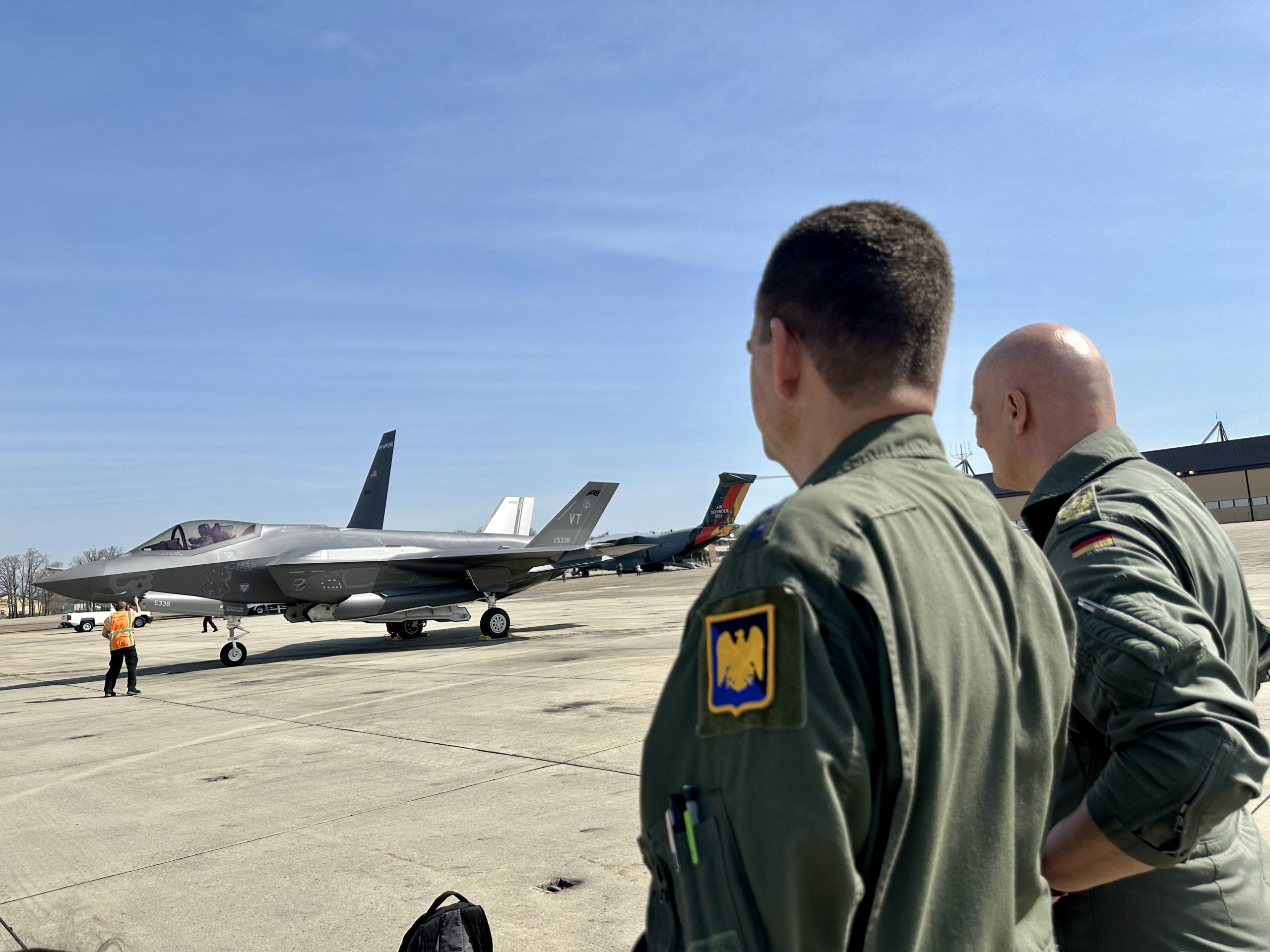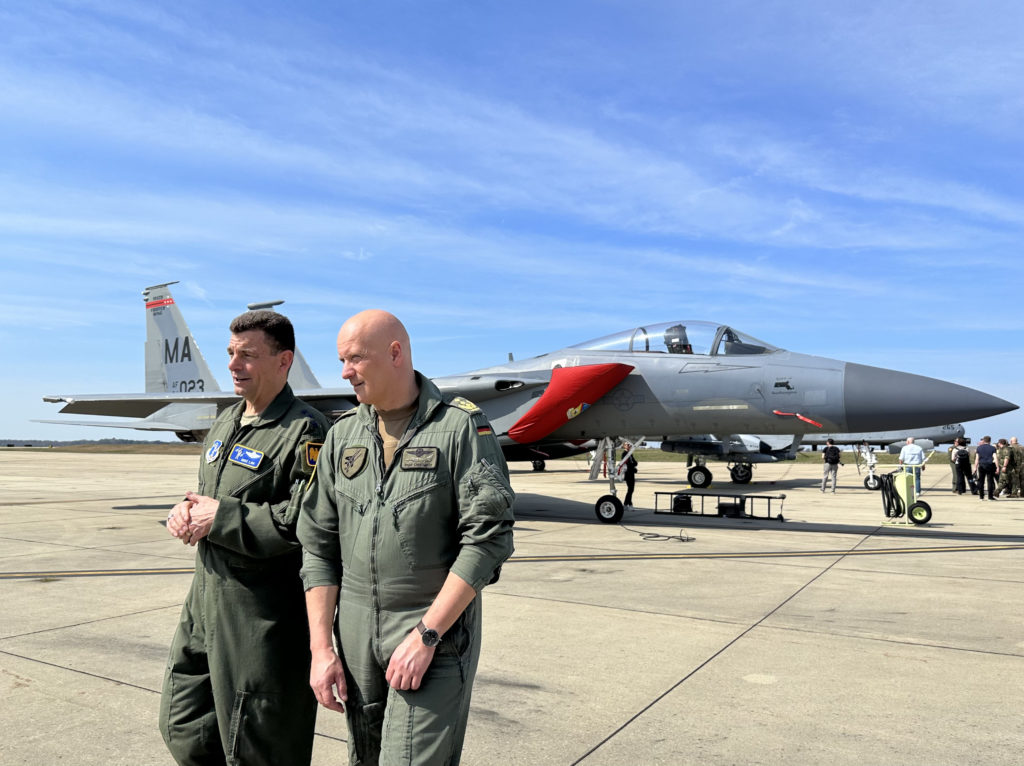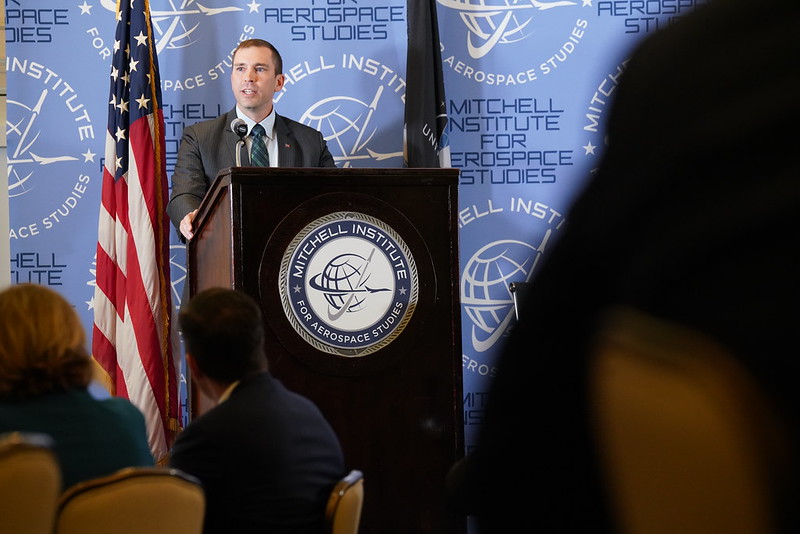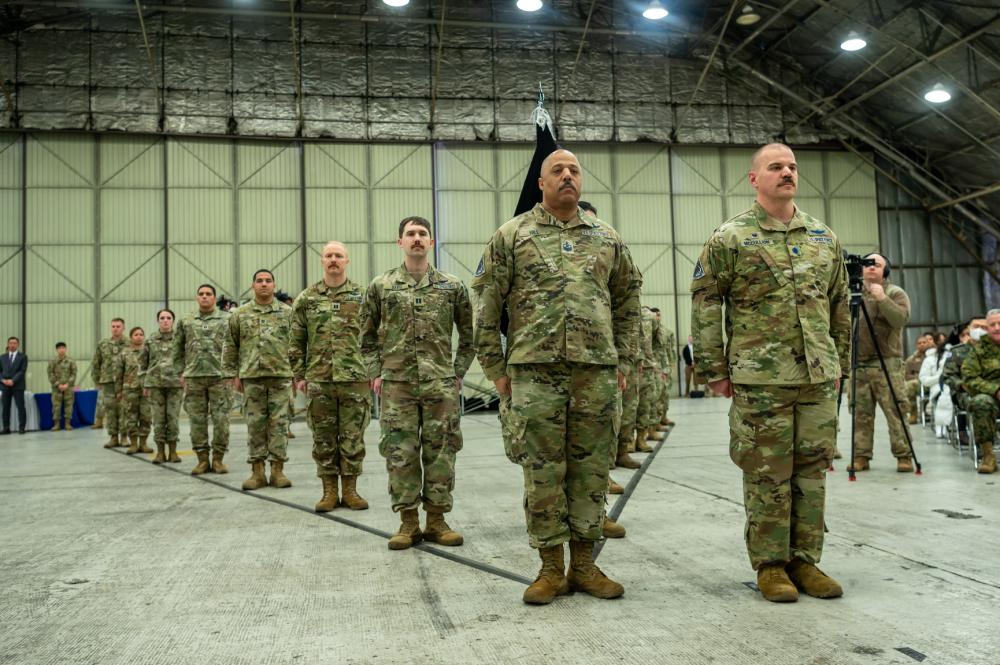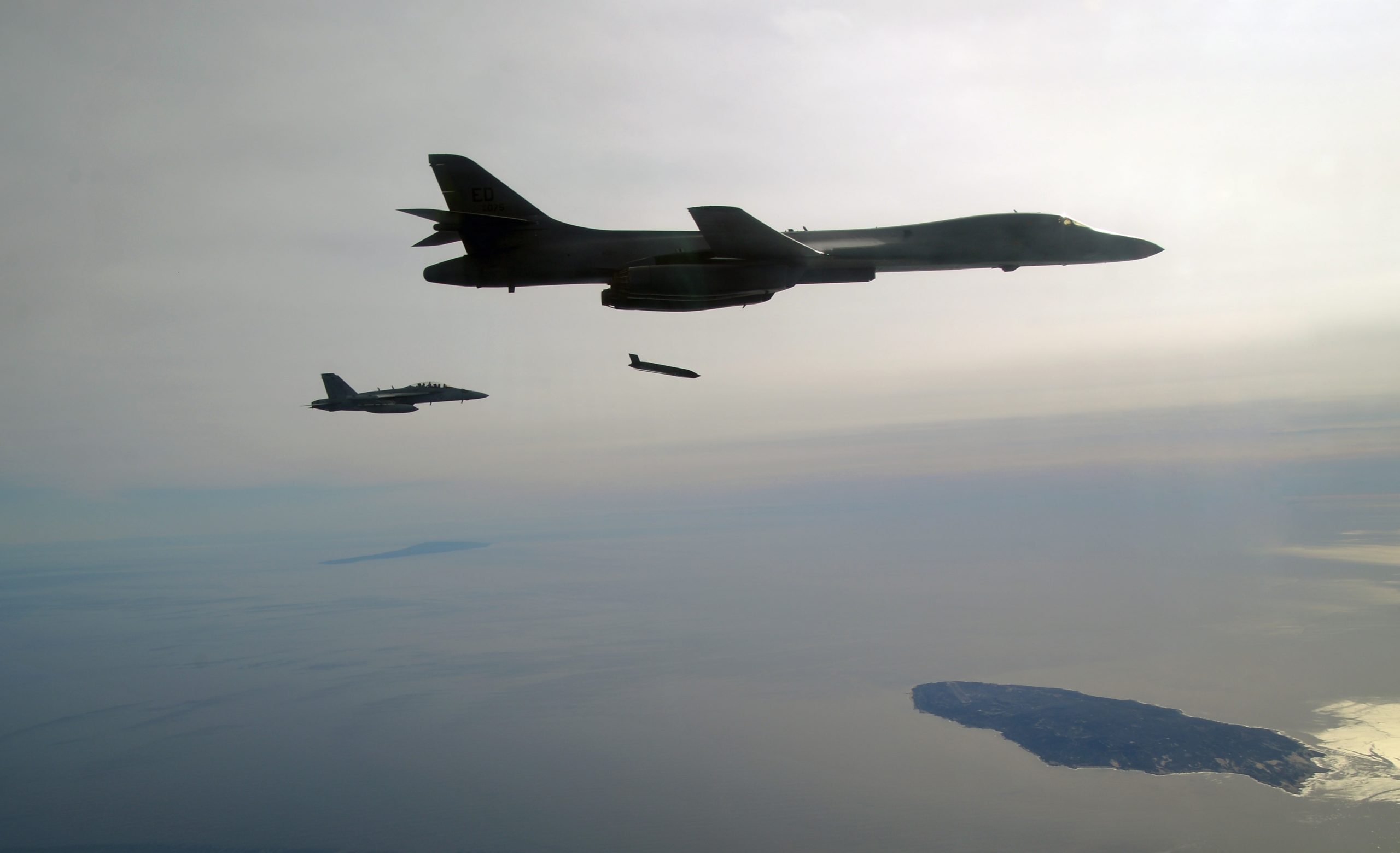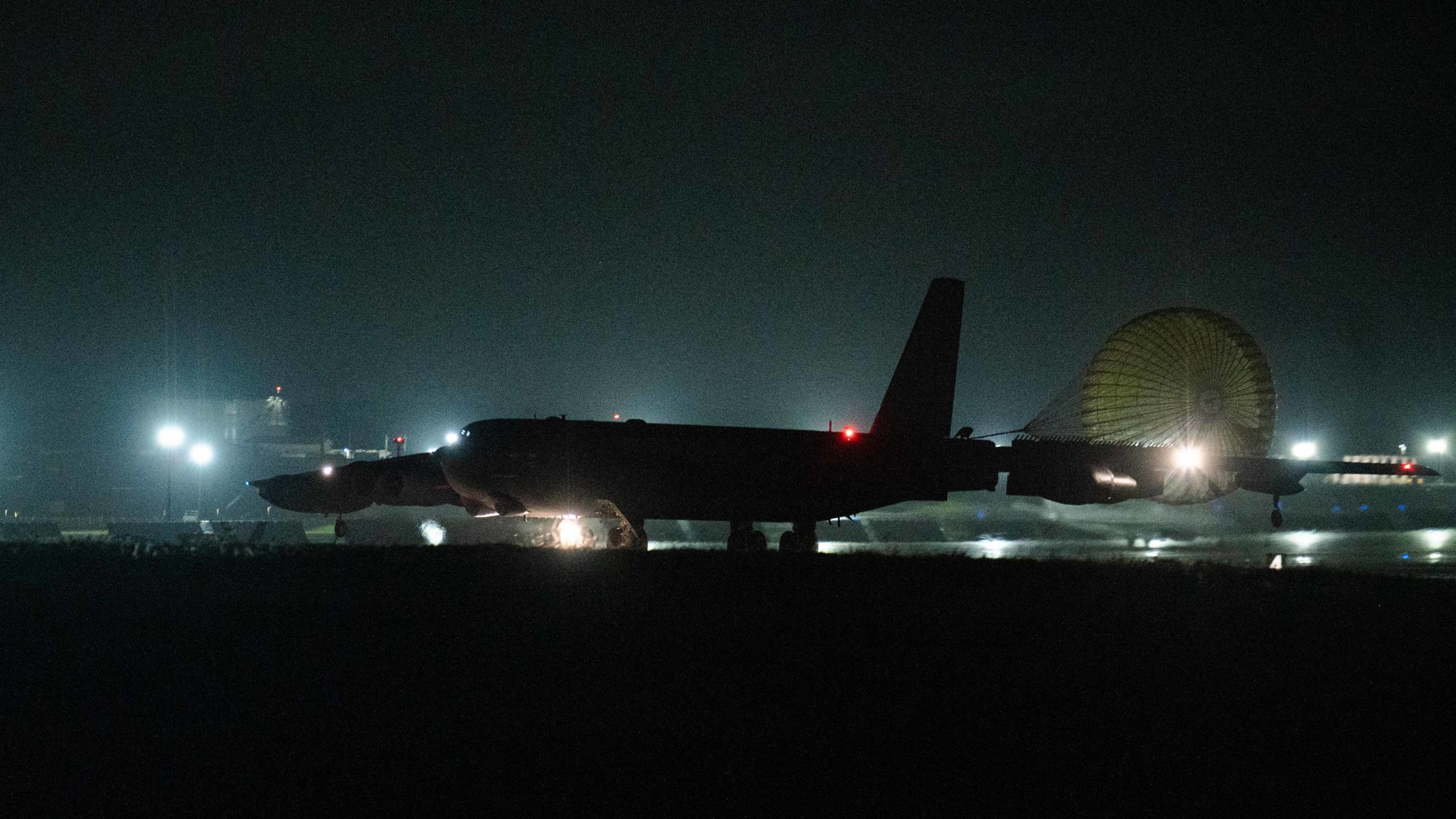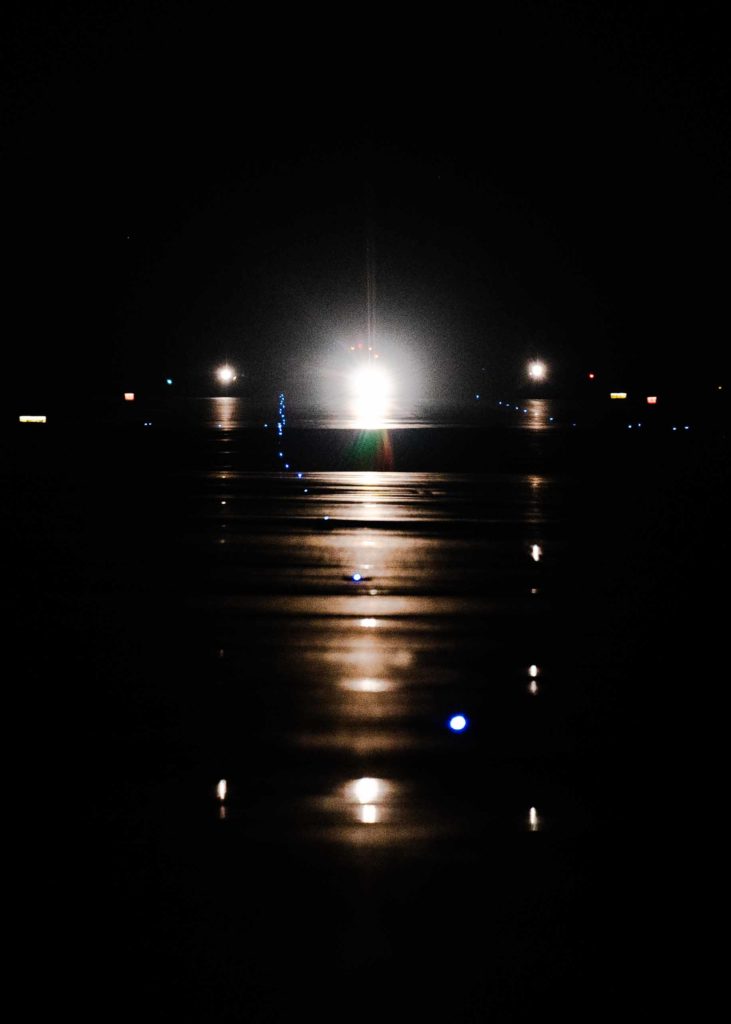The Air Force is offering a $10,000 bonus for prior-service enlisted Airmen who join the Reserve and fill an open job in an effort to boost flagging recruiting numbers for the component.
The bonus will be available to Airmen through Sept. 30, 2023, an Air Force Reserve Command spokesman told Air & Space Forces Magazine, with the potential of it becoming a standardized recruiting incentive.
The Active-Duty Air Force’s troubles meeting its recruiting goals have been well documented, as leaders and recruiters struggle with low unemployment rates, a competitive job market, and declining eligibility and propensity to serve.
But things are even harder for the Guard and Reserve, which draw a majority of their force from Airmen leaving Active-Duty—the Reserve in particular aims for around 70 percent of its recruits to have prior service. Retention jumped during the COVID-19 pandemic and is still generally high. Fewer Airmen leaving Active-Duty means a smaller pool from which the Guard and Reserve can pull.
That all added up to the Reserve missing its fiscal year 2022 recruiting goal of 8,400 new members by nearly 2,000—around 24 percent shy, according to an Air Force release. That goal went up to 9,300 accessions for 2023, and an Air Force Reserve Command spokesman said projections have the Reserve coming up 3,500 short, roughly 38 percent, though recent trends have been more positive.
“This bonus is one of many policies and incentive adjustments to help the Air Force Reserve ensure we can recruit the quality Airmen we need to safeguard our combat readiness,” Maj. Gen. Ed Thomas, Air Force Recruiting Service commander, said in a statement. “The move is also important to encourage our Airmen separating from active service to ‘stay blue’ and continue to use their skills and training for the nation as part of the Reserve.”
In order to qualify for the bonus, Airmen must sign on for three years in the Reserve. That’s slightly shorter than required for the initial enlistment bonuses the Air Force offers for the Active-Duty component, which range from four to six years.
The Air Force expanded its use of initial enlistment bonuses several times in 2022 as recruiting struggled. Officials added another financial incentive this year by reinstating the Enlisted College Loan Repayment Program, which helps enlisted recruits pay back student debt up to $65,000.
